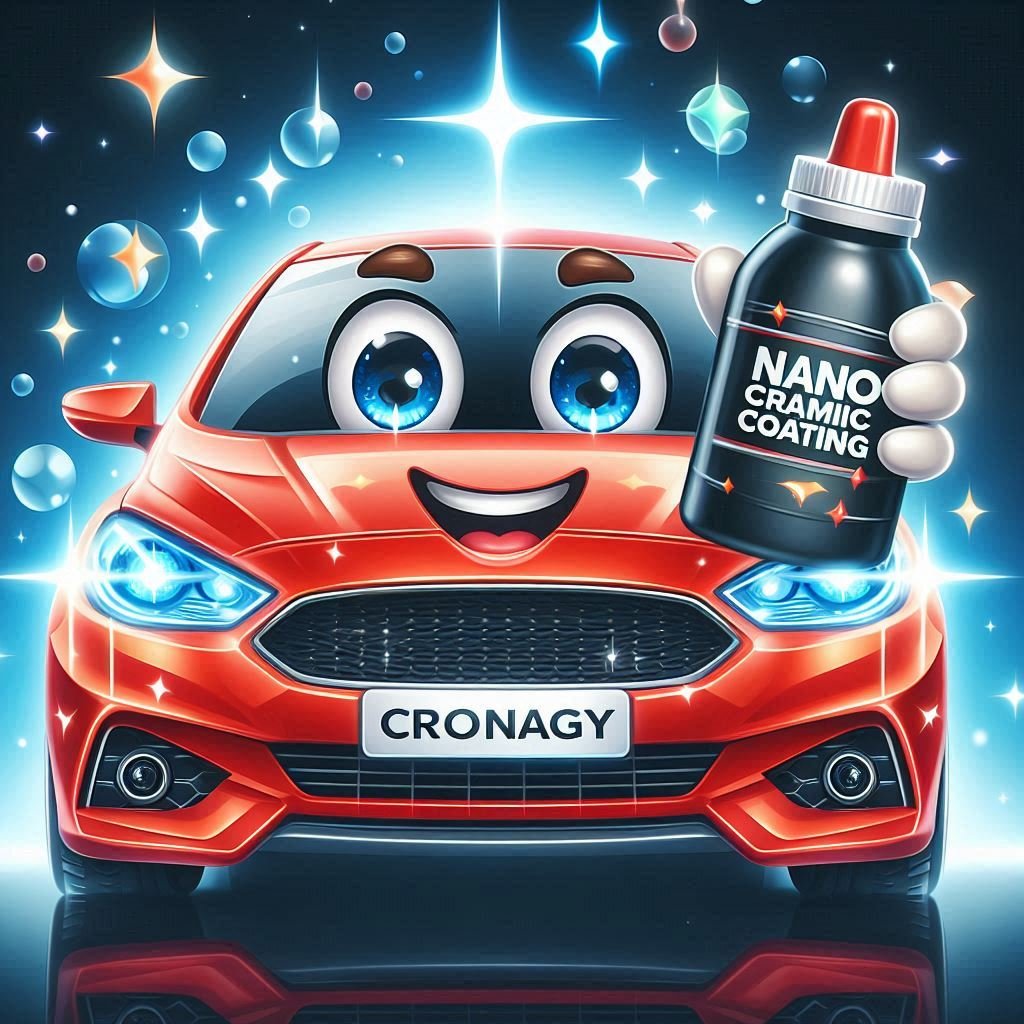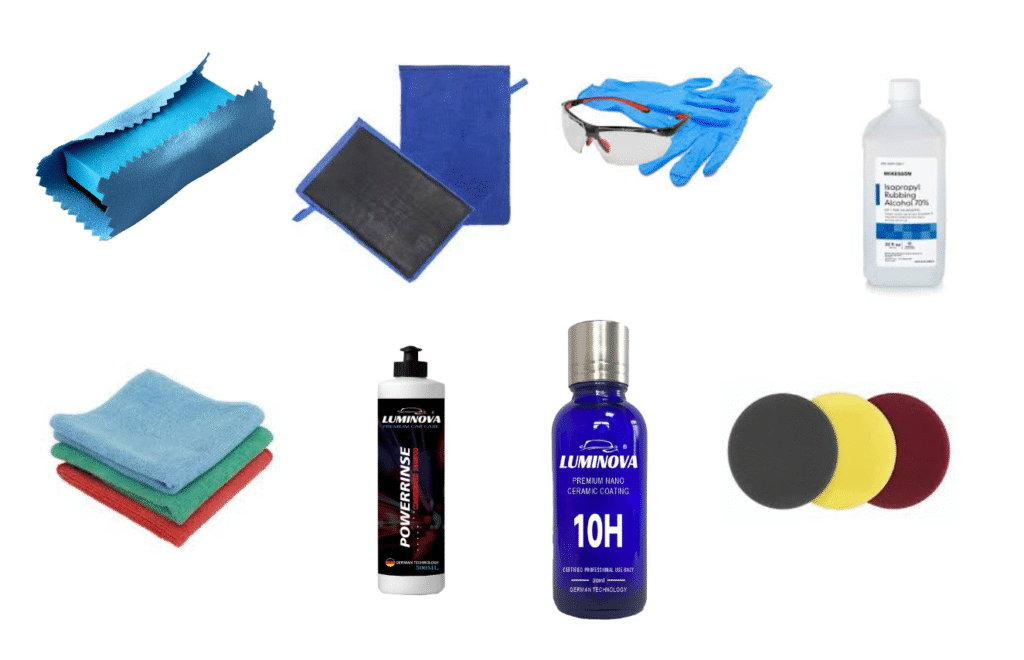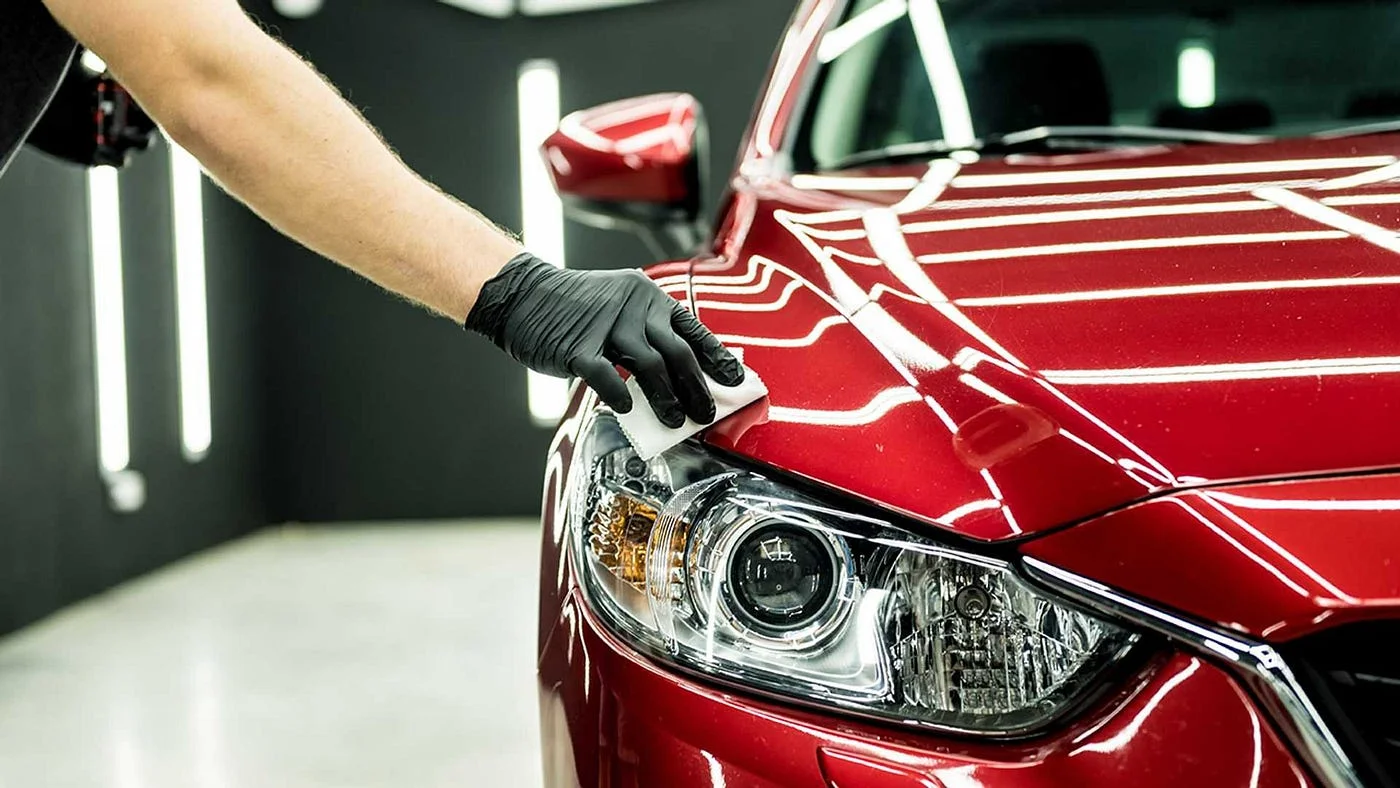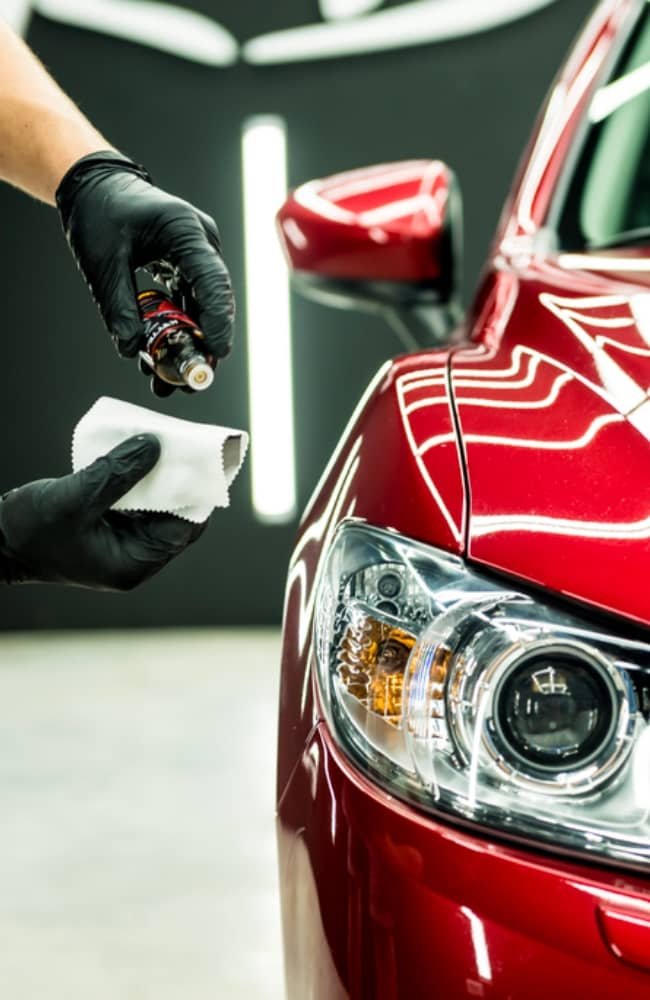Beginner’s Guide to Nano Ceramic Coating – Get Showroom Shine
By Ammar Hassan Merei | August 17, 2025

Introduction
Nano ceramic coating is one of the latest ways to protect your car’s paint, enhance its shine, and facilitate cleaning. It works by bonding nano-sized ceramic particles to the paint surface, forming a durable, transparent, and water-repellent layer.
Whether you choose a professional application or a high-quality kit, following the correct process is crucial to achieving a perfect, long-lasting finish.
Understanding What Nano Ceramic Coating Does
Before applying a nano ceramic coating, it is important to know what you will be working with: Nano Ceramic
- Protection – Protects against UV rays, oxidation, bird droppings, acid rain, and road grime.
- Shine and Shine – Provides a deep, reflective finish that lasts for years.
- Water Repellent – Water and dirt shed easily, reducing cleaning time.
- Scratch Resistant – Helps protect against minor scratches and swirl marks.
- Longevity – Lasts two to five years (or more with premium 9H/12H coatings) when properly maintained.
Preparing tools and materials
You will need:
- pH-balanced car shampoo
- Clay pad or clay mitt for disinfecting surfaces
- Microfiber towels (velvet, lint-free)
- Suede applicator pad and wipes
- Isopropyl alcohol (70% or higher) for final wiping
- Nanoceramic coating product (such as Luminova Premium Nano Ceramic 10H)
- Polisher and pads (optional, for paint correction)
- Gloves and goggles – for personal protection
- Well-lit, dust-free workspace

A well-lit, dust-free workspace
The paint will seal everything on your paint, whether good or bad. Proper preparation ensures a perfect finish.
Step 1: Thorough washing
- Use a pH-balanced shampoo and the double-bucket method.
- Remove all dirt, dust, tar, and grime.
- Rinse thoroughly and dry with a microfiber towel.
Step 2: Disinfect the surface
- You’ll use a clay swab or clay mitt with a lubricant to remove stuck-on contaminants, such as tree sap, railroad dust, or industrial dust.
- This creates a smooth surface for the paint to adhere to.
Step 3: Paint Correction (optional but recommended)
- If you notice any swirls, light scratches, or oxidation, polish the surface with a dual-action polish.
- The swirl-free finish enhances gloss and ensures even paint adhesion..
Step 4: Final Scan
- Use a 1:1 mixture of isopropyl alcohol (IPA) and distilled water to remove oils, polish residue, and fingerprints.
- This leaves a completely clean, scratch-free surface, ready for painting.
Work steps
Step 1: Apply paint
- Wrap a chamois cloth around the applicator.
- Apply 6 to 10 drops of nano-ceramic coating to the cloth.
- Apply it to a small area (such as half a lid) in crisscrossing lines (horizontally, then vertically) for even coverage..

Step 2: Flash and polish
- Wait until the “flash” stage—the paint will appear as a rainbow or haze (refer to product instructions for timing—usually 30 seconds to 2 minutes).
- Using a clean microfiber towel, gently wipe the surface to remove excess product and avoid leaving any streaks.
- Use another towel for the final wipe..
Step 3: Follow panel by panel
- Apply the paint around the vehicle in sections.
- Avoid overlapping wet and dry areas to maintain a flat surface..
Paint curing time
- Allow the paint to dry according to the manufacturer’s instructions (usually 12 to 24 hours).
- Keep the car indoors and away from moisture during this period.
- Avoid washing the car for at least 7 days after applying the paint to ensure complete chemical bonding..
Post-application maintenance
Nano ceramic coating requires low maintenance but is not maintenance free.
- Wash your car every two to three weeks with a pH-neutral shampoo.
- Avoid automatic car washes, as they can cause fine scratches.
- Use microfiber drying towels to prevent water spots.
- Spray your car with a ceramic coating spray every three to six months to maintain its water-repellent properties.
- Remove contaminants, such as bird droppings, quickly to avoid scratching.
Professional tips for best results
- Less is more – don’t overdo it; apply a thin, even coat; a thin, even coat adheres better.
- Use a well-ventilated area to avoid premature drying or uneven paint.
- Always follow the instructions for your chosen paint brand – curing times, application method, and number of coats may vary.
conclusion
Nano ceramic coating is one of the best ways to protect your car’s paint and keep it looking brand new. By following this detailed guide, from careful preparation to application and careful maintenance, you can achieve a professional finish that will last for years.
If you want maximum durability and perfect results, consider hiring a certified polishing expert using the right equipment and environment.



